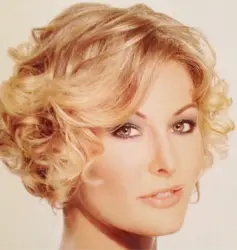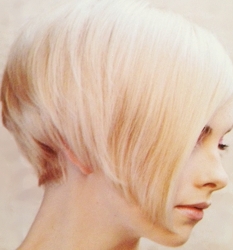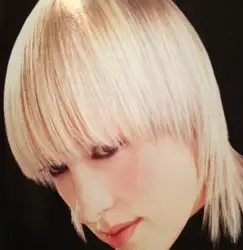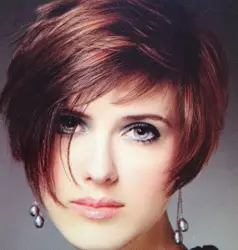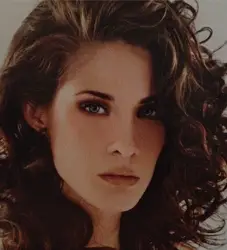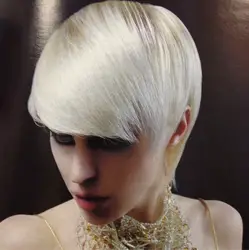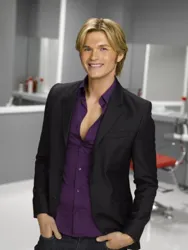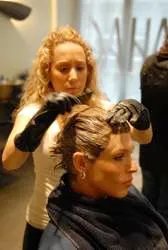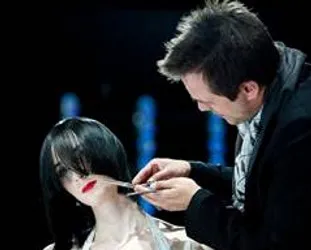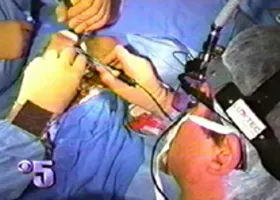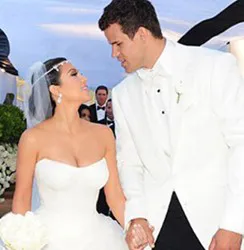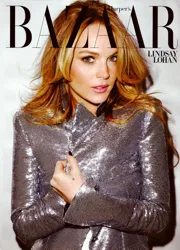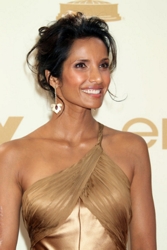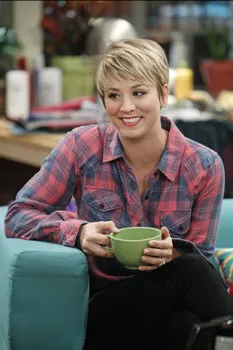
Technical Hair Color Secrets Of Great Haircolorists
Introduction - Technical Hair Color Secrets Of Great HaircoloristsGreat haircolorists are made, not born. In fact, great haircolorists never stop learning about creating great hair color. When you find a great haircolorist hold onto them because they're worth every penny.
Listed below are some secrets of technical hair color secrets of great haircolorists. You may be surprised at some of the details which are included in the list.
1. Haircolorists, even those with many years of experience, will still do patch tests 24 hours in advance, especially when planning to do drastic color productions.
2. Once a client passes a patch test, they still will check their color wheels before they get out the mixing bowls. They will also work with a new client to review their complete hair color history to try and understand possible long term challenges.
3. No matter what the client may say about their hair color history, a great haircolorist will spend the time to uncover a client's natural haircolor levels. How? By using a hair color swatch book and positioning the swatch the same direction as the hair growth.
Great haircolorists know if they don't correctly determine the starting natural shade, they may have problems getting to the desired end color.
4. Professional colors never assume natural hair color is lighter than it really is. Why? They know if they do and make a mistake they might mix a formula which won't be strong enough to create the necessary lift.
When hair isn't lifted as high as it needs to be, it might pull red, orange or take on a lot of brassiness or hot roots.
5. Three-level rule. Many haircolorists follow the three-level rule regardless whether they are taking the color lighter or darker.
By keeping the color within three levels of its natural shade and within the same color family, the results will be rich and beautiful. This will also prevent color disasters such as creating over lightened or brassy hues.
6. Great color gurus know that adding lots of blue ash or indigo when mixing color formulas will control warmth and avoid the creation of orange or brassy tones.
A high lift ash mixed with a blue base, as an example, will control any orange or brassy red hues which may be exposed when lifting a client's color. Unexpected red, orange or tangerine tones won't show up unexpectedly.
7. A really great haircolor professional is not afraid to isn't to turn down a client's request to go to extremes in color. Not only will this prevent unattractive color results, it will prevent long term damage to the tresses. Color pros understand if you apply color to severely compromised hair, it will be difficult to get the desired results.
8. Before doing color on a client with severely damaged locks, a great colorist with do a sink or swim strand test to determine how tresses will respond to further chemical exposure.
To do the test a colorists will put 2 ounces of 20-volume developer in a beaker or bowl. A single strand of the client's hair is added to the bowl. If the liquid foams up around the strand, turns purple or green, or sinks to the bottom the hair will be unable to take any more chemical treatments at this time.
9. Seasoned haircolorists rarely are surprised by over-corrected, unexpected tones. When in doubt serious haircolorists will practice by applying their color formulas on mannequin heads. They never experiment on the heads of unsuspecting clients who may wind up with burnt scalps or strands.
10. Hair texture is another factor great haircolorists take into consideration when developing lightening or darkening formulas. Most color manufacturers base their developer timelines on average hair textures. An experienced haircolorist knows that fine hair lifts much faster than coarse hair which lifts much slower.
11. Haircolor experts keep a close eye on developing color. They watch it carefully to make sure they don't end up erasing too much natural pigment or not being patient enough to get the absolute perfect results. Sometimes color needs to cook much longer than the manufacturer might recommend in order to get the perfect results.
12. A great haircolor guru understands that not all sections of hair on the same head are created equally. To achieve gorgeous balanced color a colorist may create separate formulas for the roots, mid-sections and ends.
Even highlights painted inside foils may sometimes require two or three different shades of lightener for best results. As an example, a 30-volume might be needed at the scalp area with a a 10-volume at the ends.
13. Fabulous haircolor experts know how to detail highlights. They start the detailing process by applying the color formula one-quarter inch from the scalp, feather it down to the demarcation line before working back up to the root area.
14. Professional color gurus know how to fill hair properly. When their light blonde clients want to return to their original light brown shades, a knowledgeable colorists knows they should add an orange and red filler first to avoid creating a muddy brown or yucky green mess.
After properly filling hair to take it from light to dark, a great color guru lets you know the new color will quickly fade and will require a refreshing color wash in two weeks or so.
15. Colorists place color on the hair rather than brush it on. Color should be dabbed onto hair instead of sweeping it repeatedly in a down direction on a section of hair.
Too much brushing will essentially wipe off desired color. This may result in incomplete gray coverage. Most haircolorists follow the rule of thumb that after haircolor is applied to a section of hair you should be able to read a newspaper through the section. Too-thick or too-thin sections may both cause problems.
Haircolorists know that unless the color is properly applied it will prevent spotty, striped or peek-a-boo gray sections.
16. Colorists never overlap or pull color through. Even though they are addressing each unique section differently, they are careful not to overlap or pull color through, except in rare circumstances.
Why? the midsection and ends may lighten too much. Other issues may involve a toner which will overtone because the underlying pigments have been remove.
Great colorists only lift the regrowth and refresh the rest of the hair with a demi-perm color.
Summary - Technical Hair Color Secrets Of Great Haircolorists
A great haircolorist will never apply a drastic color formula on a client without first discussing their plans, possible risks and desired outcomes.
Dedicated hair color experts never stop taking continuing education classes in order to guarantee they can always create gorgeous radiant reds, Nordic blondes and beautiful brunettes every time.
Even though great haircolorists rarely have a disaster, when they do they know how to fix it immediately. When a color job goes horribly wrong and the client has a burning scalp, they rinse it with a combination of water and Sweet N Low.
They also know to recommend Benedryl or a similar anti-inflammatory drug for swollen eyes. They also know when to recommend you head to the emergency room for treatment for an allergic reaction. In addition, they offer to immediately fix the bad color job at no charge.Social Media Network Information
Please follow us on Twitter at: https://Twitter.com/HairBoutique. I look forward to meeting new people from all walks of Twitter and learning from their Tweets.


